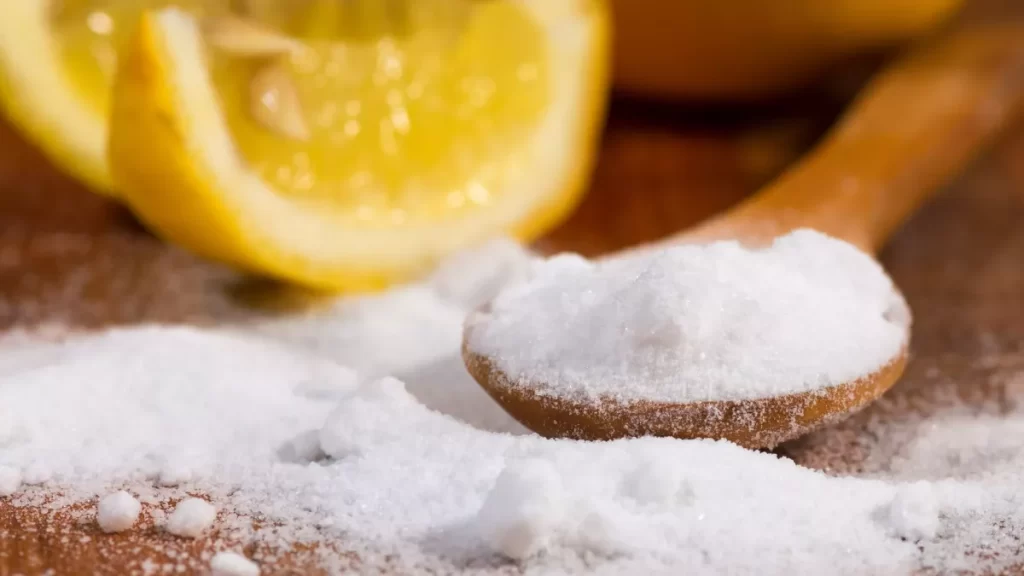Mice aren’t just unwanted guests; they can be real pests. Baking soda then appears as an unexpected but formidably effective remedy to keep them away… without resorting to toxic or cruel solutions. This compound with multiple virtues, known for its applications in cooking and household maintenance, is proving to be a discreet weapon against these small rodents that seek refuge in our homes. In this article, we reveal a simple and safe instruction manual for turning baking soda into a mouse repellent.
The effectiveness of baking soda
Baking soda acts on mice by a simple mechanism: once ingested, it causes them to accumulate gas that is difficult to expel due to their particular digestive system. Faced with this internal discomfort, mice avoid areas treated with this white powder. In addition to being non-toxic to humans and environmentally friendly, baking soda is cheap and readily available.
It is important to emphasize that its use must be strategic. Mice are intelligent and wary animals, so the product should be well concealed. In addition, although baking soda is less harmful than conventional rodenticides, it is still essential to handle any product with care (especially if you have children or pets).
How to prepare the mixture?

To create an effective bait, you need to mix baking soda with ingredients that are appealing to mice. A simple recipe is to combine an equal part flour and sugar with a double part baking soda. Sugar and flour will serve as bait while baking soda will act as the active agent.
Once your mixture is ready, shape it into small balls that you will place in strategic places (near holes, behind household appliances, etc.). Remember to renew these meatballs regularly to maintain their freshness and attractiveness. It’s also a good idea to use gloves when shaping to prevent your human scent from repelling mice.
Placement of the repellent
Identifying the places frequented by mice is essential: look for their droppings or listen carefully after dark… You may hear the characteristic scratching of the paws on the ground. Once these places have been identified, this is where you will have to place your meatballs.
It is also possible to use baking soda as a sprinkling directly in the passages used by rodents; However, this method requires more frequent application because it is likely to be dispersed by the wind or by the passage of mice. Be alert to signs that the infestation is weakening or gone: less noise at night; visible reduction in the number of droppings…
Precautions to take
Although natural, baking soda is not without risk if ingested in large quantities (e.g. by pets). It is therefore necessary to make sure to place the pellets out of the reach of domestic cats and dogs; The same goes for young children who might be tempted by these unusual “sweets”.
If you notice accidental consumption, contact a medical or veterinary professional immediately depending on the situation. Don’t forget that repeated and massive use could slightly alter the chemical balance of the soil if it is done outdoors (in a garden for example).
Additional alternatives
While bicarbonate is an effective means on its own, it may be wise to integrate it into an overall strategy involving several non-lethal methods: anti-mouse ultrasound; essential oils (such as peppermint); live traps… These methods can work synergistically to enhance the deterrent effect.
Finally, think about prevention rather than cure: seal any potential entrances (cracks in the walls; holes around pipes, etc.) to avoid any further intrusion. Regular cleaning and careful food waste management will also help make your home less attractive to these unwanted visitors.
By following this instructions carefully and adopting a few simple but effective additional measures, using baking soda to repel mice will quickly become child’s play… And your home will regain its tranquility!